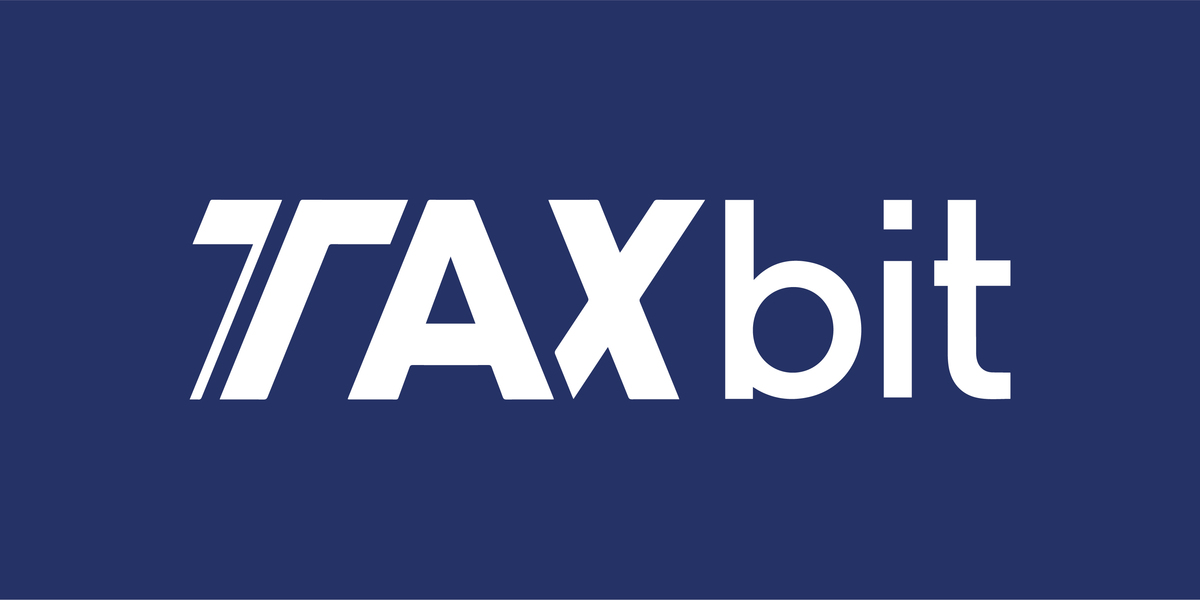Disclaimer: We are not CPAs or Tax Advisors; the following is meant for informational purposes only and should not be considered tax advice. If you have more questions or need help, please reach out to us. Arbor Digital has spent the last 18 months performing due diligence on best-in-class CPA firms who are the credentialed experts to who we have access.
October 17, 2022, marks the deadline for those who filed extensions back in April. With the IRS stepping up its efforts to target U.S. taxpayers to report and pay taxes on digital asset transactions, it’s important to know how to ensure you aren’t doing anything that could potentially destroy your hard-earned wealth.
The IRS’s stance on digital asset transactions is somewhat clear in some areas and very unclear in other areas. BTC and ETH digital assets as considered property subject to capital gains taxes, and currently all other digital assets are treated as such until further notice. The IRS is less clear and hasn’t provided guidance on the tax treatment of non-fungible tokens (NFTs) or decentralized finance (DeFi) rewards.
In order to help investors avoid pitfalls and traps, advisors need to proactively ask about their digital asset activity to fulfill their fiduciary duty to clients.
Reporting Crypto/Digital Asset Transactions
Arbor Digital has developed a framework in which we help describe the different levels of transactions we see investors engage in:
Level 1: Centralized exchange spot trading of derivatives or underlying digital assets. This is your most basic level and easiest to aggregate.
Example: Investor transacts on Coinbase, Kraken, FTX, or Binance.US.
Level 2: In addition to Level 1, transactions between centralized exchanges, protocol wallets, or cold storage to spot trade on decentralized exchanges within those networks. At this level, you also may see your first NFT transactions. The introduction of web3 wallets and engaging on decentralized networks also introduces AirDrops.
Example: A common experience is an investor establishes an account at Coinbase and also establishes a wallet on MetaMask. The investor buys ETH on Coinbase, sends that ETH to their MetaMask wallet, then transacts on Uniswap to buy other digital assets. Another transaction they may engage in is buying an NFT on Opensea with the ETH in their MetaMask wallet. After buying other digital assets or NFTs they may get airdropped tokens.

Level 3: In addition to Levels 1 & 2, transactions that interact with DeFi borrowing and lending, an investor engages in yield farming via protocols like AAVE and MAKER, participates in liquidity pools on decentralized exchanges like Uniswap, and lastly moves assets between different networks through bridges. Another element to Level 3 is workers on these networks and protocols who earn their income and livelihood via working on and are paid in the network’s native token.
Example: Investor engages with Lido to stake their ETH tokens, they then take those stETH across protocols and wrap them to go across networks to engage in other DeFi opportunities. Investors operated a node to offer the service the network enables, like Helium, and earn the HNT token as compensation. The earner then either keeps the native token, transitions to USD, or to a stablecoin like USDC.



If the investor is engaging with Level 1 transactions on platforms like Robinhood, Gemini, or other exchanges then you can access this data via their online dashboard with transaction reports, as well as 1099Ks, 1099Misc, or 1099-B if clients have qualifying transactions. These can simply be downloaded and uploaded to most existing tax software or given to CPAs to have them report for you.
It is important to report these and past transactions. Andrew Gordon, president of Gordon Law Group said it best, “The IRS has indicated this is a very high priority for them.” The IRS will be issuing what they call “John Doe Summons” to exchanges, and they have started with digital asset prime broker sFOX and digital asset bank M.Y Safra to turn over digital asset transaction data since 2015.
Going beyond Level 1 is where you need elevated solutions:
Solution #1: Utilize Tax aggregation software services such as TaxBit, ZenLedger, or Cointracker. For Level 1 and basic Level 2 transactions this could suffice. It’s important you spend the time and energy to ensure no mistakes.
Solution #2: Work with a Digital Asset CPA firm. We at Arbor Digital have trusted firms we work with to refer investors to wherever they lie on the crypto transaction spectrum. Especially if investors are doing Level 2 and 3 activities. We highly recommend going this route to ensure no mistakes and that you are sufficiently protected against any actions. In the case of extreme example and representation is needed this is the main solution.

Gifting & Donating Digital Assets
Abor Digital partners with The Giving Block to add value to clients and non-profits looking to gift or donate digital assets. To understand more about gifting, donating, and how it’s done you can view their Crypto Tax Prep Guide for Donating and Gifting here where they partnered with TaxBit.
If you have a specific situation that you need help with, please reach out to us and we can partner together to plan and strategize what fits best for you and your situation. Here are a few high-level points to be aware of:
- The IRS makes a distinction between a donation and a gift for tax purposes depending on who receives the cryptocurrency.
- If you send cryptocurrency to a qualified charitable organization, this is considered a donation, also referred to as a charitable contribution.
- If you send cryptocurrency to family, friends, or a crowdsource campaign for someone with medical bills, it’s considered a gift.
- The IRS classifies cryptocurrencies as property, so cryptocurrency donations to 501c3 charities receive the same tax treatment as stocks.
Contributing to a Digital Asset IRA
October 17, 2022, deadline also represents the last opportunity for clients to contribute to Self-Directed IRAs for which they hold digital assets. It is important that investors don’t make any mistakes when contributing or executing complex strategies like a Roth IRA conversion. Many investors are doing this for the first time on their own and are more prone to making mistakes due to now thinking past the transaction of contributing, not consulting what it means for their overall situation, or thinking about how it will impact them in the future.
At Arbor Digital, we understand that this space is equally complex and confusing in its current state. The value of having a trusted partner like us to help you continue to add value and fulfill your fiduciary duty is why we exist. We hope this overview helps in breaking it down so you can be empowered when approaching clients about digital assets.








